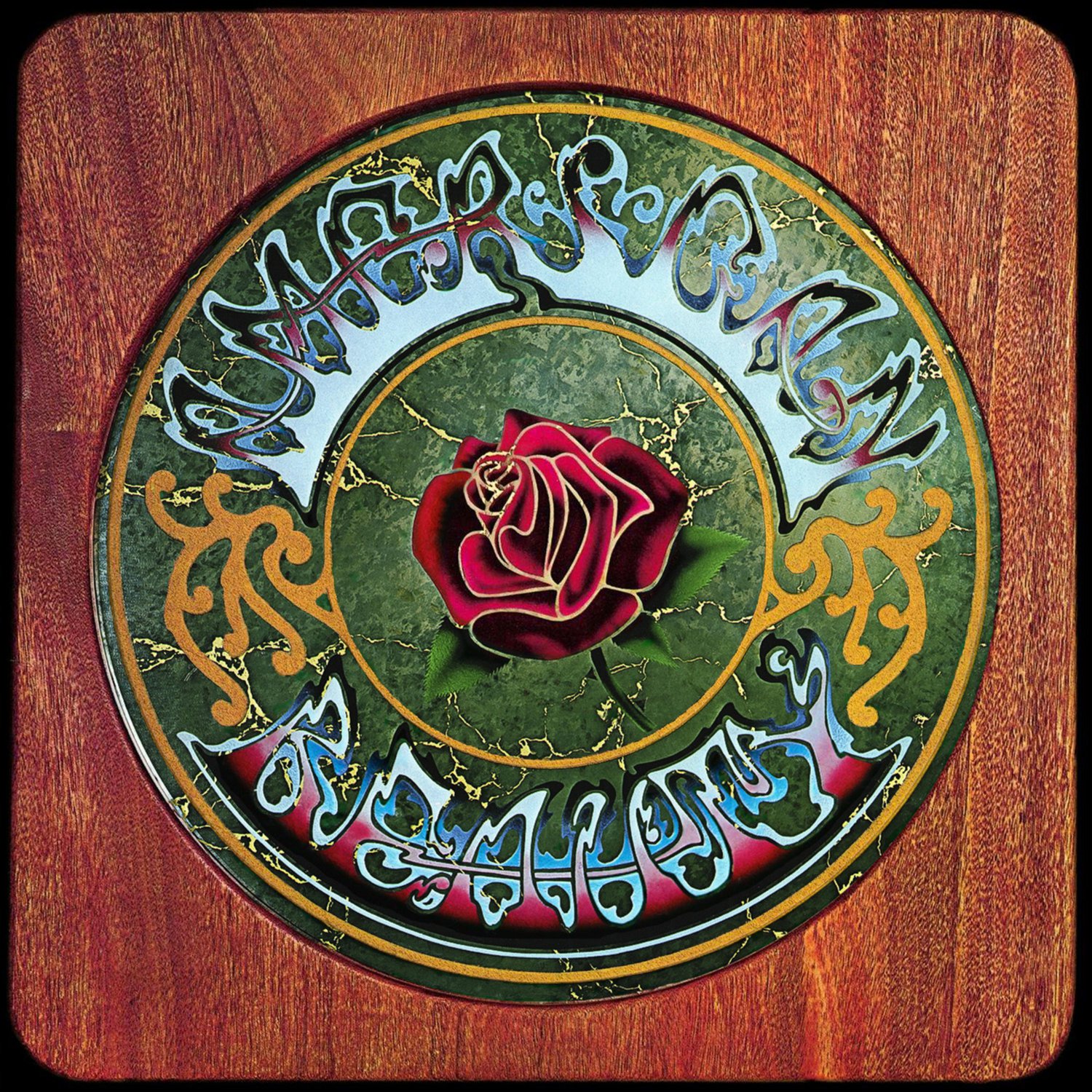

Her belongings, including her tapes, which she’d withheld from the band, wound up in a storage locker in Marin County, and in 1986, after she failed to keep up with the payments, the contents, many of them damaged in a flood, were auctioned off. She went broke and lost her house in a foreclosure. In the mid-eighties, she got into a dispute with the band over money. (She sat offstage, wearing earphones.) In Deadhead circles, she was renowned for her ear. During several periods in their history, Cantor-Jackson did the taping, mixing the soundboard feed directly onto a two-track tape as the music was being performed. Almost from the outset, the Dead were meticulous about taping their concerts. They were first-generation two-track analogue soundboard recordings, with stereo separation among the instruments, a chunky bass, and plenty of air.Įaton and Latvala wondered if these were Betty Boards-tapes made by Betty Cantor-Jackson, a longtime recording engineer for the Grateful Dead. The most remarkable thing was the crisp sound. Eaton and Latvala stayed up all night listening to the reels: other Garcia solo performances, a piece of a rare Dead show from the early seventies. They heard Jerry Garcia, the Dead’s lead guitarist, performing a set with the organist Merl Saunders, at the Capitol Theatre in Passaic, New Jersey, on September 6, 1973-a concert that hadn’t previously surfaced. The exposed outer layer-the first thirty seconds or so-was ruined, but as the music kicked in they realized they might have a treasure on their hands, a tapehead’s Nag Hammadi. Eaton, too, was a longtime Deadhead-he had seen the band perform around four hundred times and had been making and trading tapes of their concerts for twenty years.Įaton cleaned the tapes with cotton balls and alcohol, and Latvala loaded one up onto his reel-to-reel. The friend was Dick Latvala, who at the time was the official archivist of the Grateful Dead, the keeper of the band’s fabled vault of live recordings, and an unapologetic enthusiast who would listen to old Dead shows for twelve hours at a stretch, notebook in hand. The teacher grudgingly lent him five of the worst-looking reels, and Eaton took them down the road to a friend’s house. The other boxes contained dozens more tapes, similarly degraded.Įaton told the teacher that it was impossible to evaluate their worth, since they couldn’t know what was on the tapes, or even whether they were playable. Most of them were unmarked, or at least too encrusted to read, but Eaton had an idea what some of them might be, and he felt a surge of excitement. In the first one, Eaton found, in addition to some rotting cookbooks, several dozen reel-to-reel tapes, caked in mold and silt. Each had “Grateful Dead” stencilled on its side. Inside, amid piles of junk, were three road cases, of the kind that rock bands use to cart around their amplifiers. The teacher drove Eaton to a barn he owned, and they ran in through the rain. Still, one could always tender expertise.

He’d also heard that the teacher wanted to sell what he had for a million dollars, a sum no studio engineer was likely to supply. Eaton had heard that the teacher had something that he and others like him were eager to get their hands on. One night in the winter of 1996, Rob Eaton, a recording engineer who’d worked with Duran Duran and Pat Metheny, showed up at the home of a high-school chemistry teacher in Petaluma, California.


 0 kommentar(er)
0 kommentar(er)
